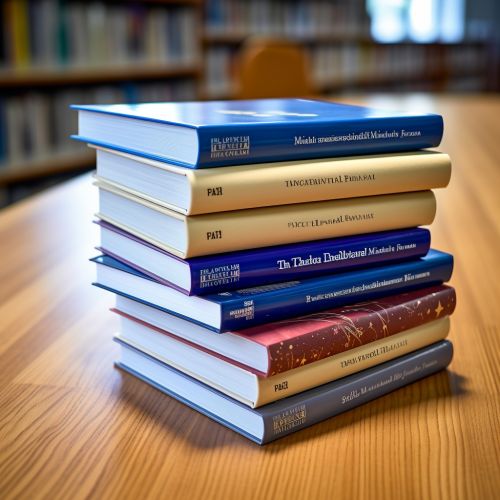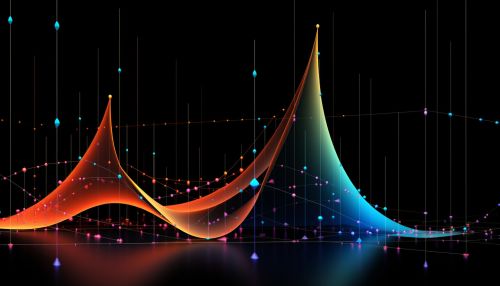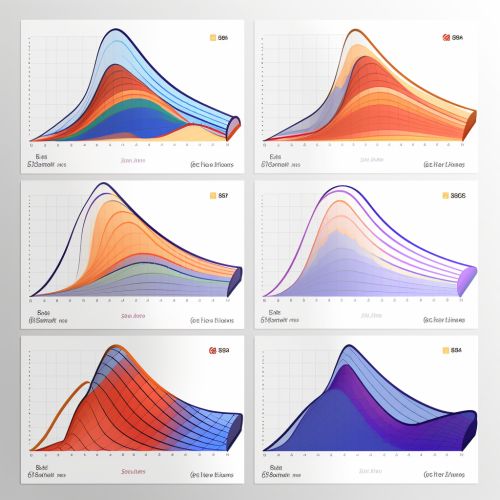The Mathematics of Probability Theory
Introduction
Probability theory is a branch of mathematics that deals with the analysis of random phenomena. The central objects of probability theory are random variables, stochastic processes, and events: mathematical abstractions of non-deterministic events or measured quantities that may either be single occurrences or evolve over time in an apparently random fashion.


Historical Overview
The mathematical theory of probability has its roots in attempts to analyze games of chance by Gerolamo Cardano in the sixteenth century, and by Pierre de Fermat and Blaise Pascal in the seventeenth century (for example the "problem of points"). Christiaan Huygens published a book on the subject in 1657 and in the 19th century, Pierre-Simon Laplace completed what is today known as the classical theory of probability.
Basic Concepts
Probability theory is based around the concept of a probability space, a mathematical construct that models a real-world process (or “experiment”) consisting of states that occur randomly. A probability space is defined by its sample space, events, and probability measure.


Sample Space
The sample space, often denoted by Ω, is the set of all possible outcomes of a random experiment.
Events
An event is a set of outcomes of an experiment (a subset of the sample space) to which a probability is assigned.
Probability Measure
A probability measure is a function that assigns a real number, intuitively interpreted as a probability, to each event.
Probability Distributions
A probability distribution is a function that describes the likelihood of obtaining the possible outcomes of a random variable. It can be described in terms of a probability mass function (pmf), probability density function (pdf), or cumulative distribution function (cdf).


Discrete and Continuous Distributions
Probability distributions can be classified as discrete or continuous. A discrete distribution's probability mass function is non-zero only for a discrete set of values, while a continuous distribution's probability density function is non-zero over a continuous range of values.
Common Probability Distributions
Some common probability distributions include the normal distribution, binomial distribution, Poisson distribution, and exponential distribution.
Central Limit Theorem
The central limit theorem is a fundamental theorem in probability theory and statistics that states that the distribution of the sum (or average) of a large number of independent, identically distributed variables approaches a normal distribution, regardless of the shape of the original distribution.


Applications of Probability Theory
Probability theory is applied in a wide variety of fields, including physics, engineering, computer science, statistics, finance, and philosophy. It is used to model uncertainty and make predictions based on data.


